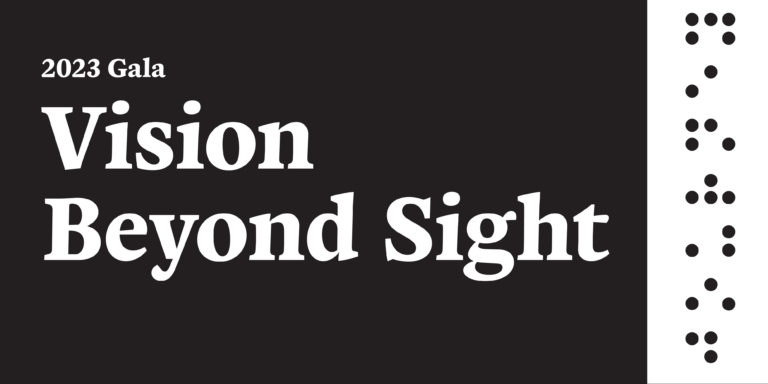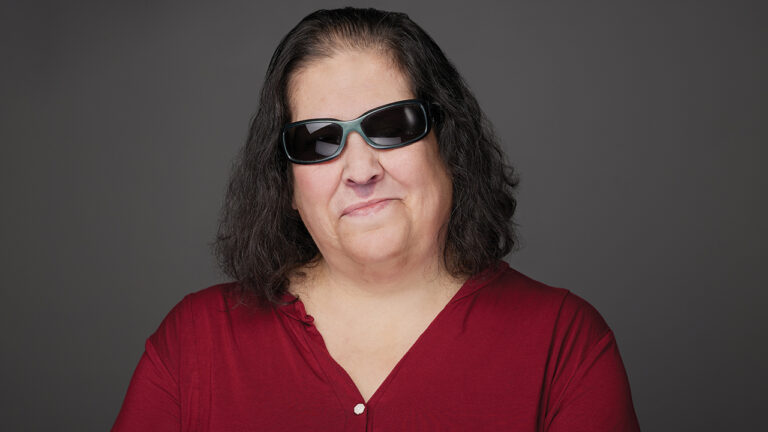On January 4, people who are visually impaired observe the birthday of Louis Braille and Braille Literacy Month. Created for reading and writing, Braille revolutionized the lives of the blind through literacy, education, employment and independence. Blind people access Braille through a series of tactile dots on paper. Born in France in 1809, Louis Braille lost his vision from an accident as a small child. His family enrolled him in the Royal Institution for Blind Youth in Paris after realizing he could not learn through listening alone. While there, Braille began the process of crafting a reading and writing system by touch during his teenage years. He continued to perfect the system and as an adult, became an instructor at the Institution. Unfortunately, the sighted instructors did not accept Braille’s method, and he died in 1852, never seeing his creation used by the blind. Eventually, the code was accepted and today this system of raised dots is used all over the world.
The braille code is made up of letters, numbers and symbols. It is not another language. The alphabet is based on a cell that is composed of six or eight dots, arranged in two columns of three or four dots each. Each braille letter of the alphabet or other symbol, such as a comma, is formed by using one or more of the dots that are contained in the cell. Braille is usually found in a large book format on double sided paper to maximize space and can be read for math, science and music.
Since this code was created in the 1800s and technology has advanced, sometimes it is hard to grasp its relevance today in 2020. People might think that with the increase in audio technology like personal assistance, voice output, audio books and other electronic technology, why would a blind person need to use braille anymore. Braille represents literacy and wherever you look around it is used every day by the blind. You can find braille in the most common places such as; a public bathroom sign indicating male or female. Braille is also found on elevator panels, bus stop signs, ATMs and hotel room panels. Some national chain restaurants offer braille menus upon request. If you enjoy playing board games or with Legos, braille creates more accessible playtime.
Since braille is a reading and writing system, initially it was available in book format only. But today the blind can use electronic braille devices. They can connect a refreshable braille display to computers, smartphones and tablets to fully access braille without being loaded down with a bulky heavy book. There is no need to lug around that favorite bestseller in multiple volumes anymore. Learn how to use these Braille displays through Outlook Enrichment’s adaptive technology training program.
Using braille to label items helps with organization and increases independence reducing the need to constantly ask for sighted help. Some people make braille notecards to label canned goods in their kitchen pantry or file folders in a drawer at work. Others find it handy to use when giving a speech or presentation. Create Braille labels to arrange CDs, DVDs and other items in a home or office.
Braille is key for blind and visually impaired children. To support braille literacy, camaraderie and fun, the Braille Institute sponsors an annual Braille Challenge. This event is the only academic competition of its kind in North America for students who are blind or visually impaired. Children in grades 1 – 12 who can read and write braille are eligible to participate. They are tested on reading comprehension, spelling, speed and accuracy, proofreading, charts and graphs. The competition is held from January through the end of March.
The list is endless of the myriad ways that braille can be used and the relevance it still has today. Louis Braille would be pleasantly amazed at how far his code has gone to bring about literacy. Those with vision loss use the braille code to work, live and play all over the world.



